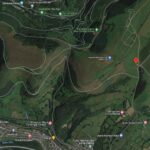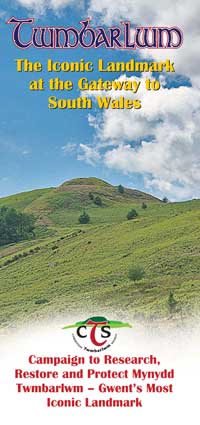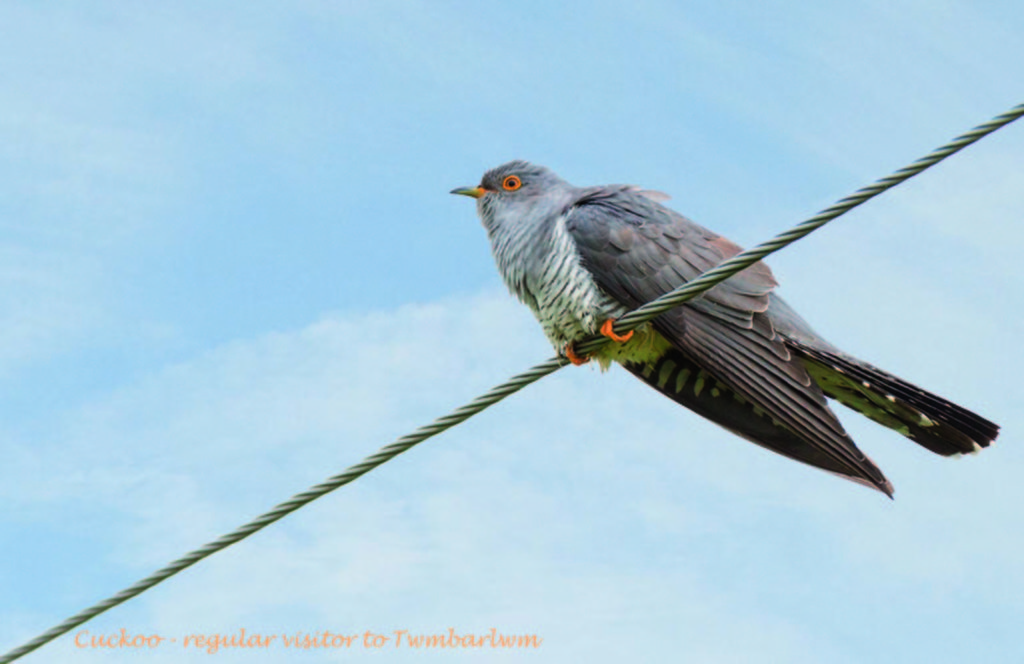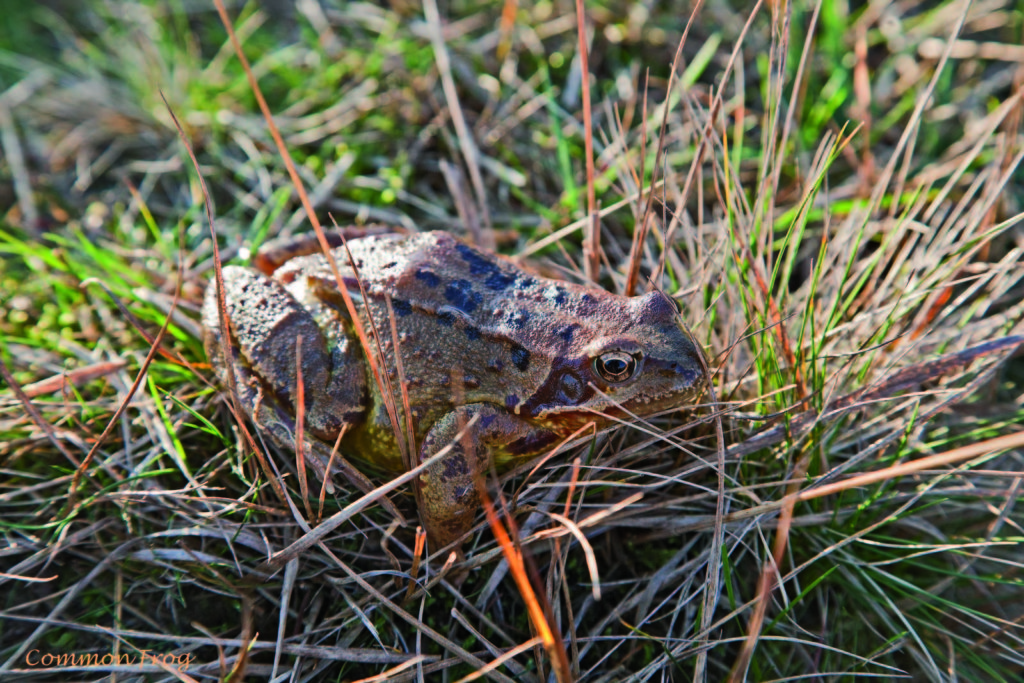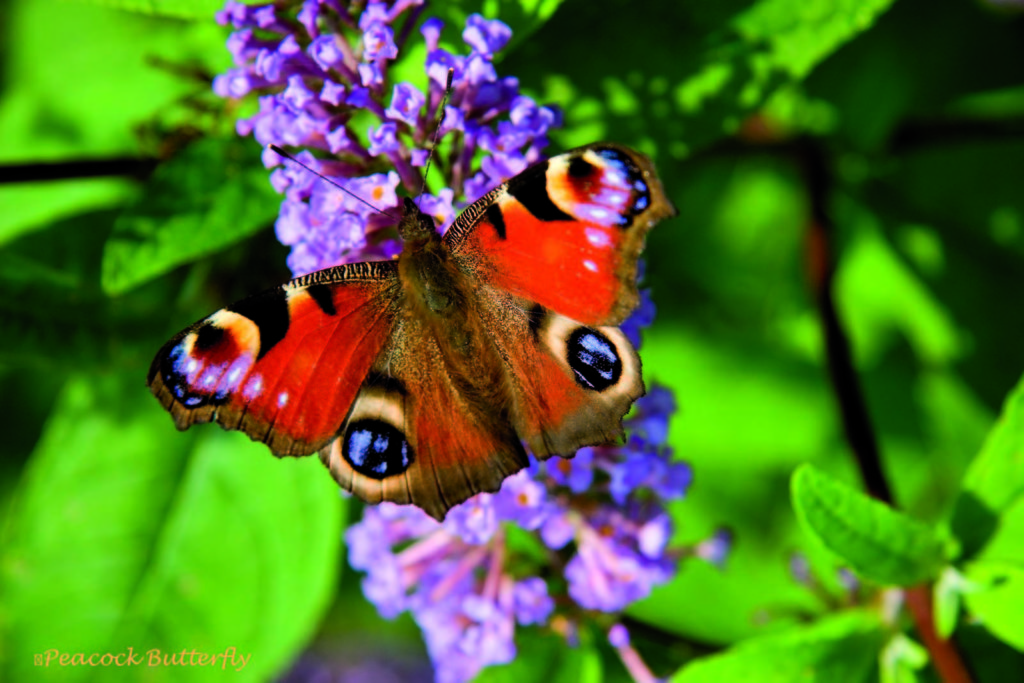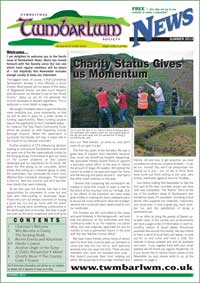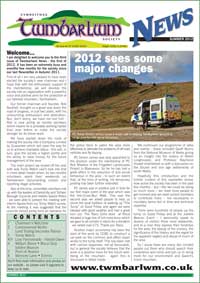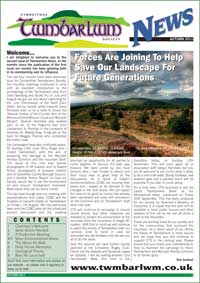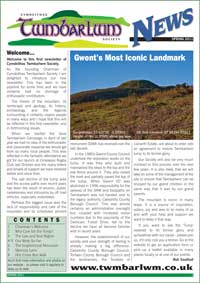Residents of Twmbarlwm
MYNYDD TWMBARLWM intrigues us all with its historical mystery both factual and mythical. Cymdeithas Twmbarlwm Society has, since its inception, explored these subjects in many of our talks and written articles. But rarely have we visited the question of what actually lives on Twmbarlwm now!
I bet not many of you know that Twmbarlwm and its environs is a SINC (a Site of Importance for Natural Conservation) which is an official designation that helps an area to protect and enhance the landscape and its wild flora and fauna with the implementation of Biodiversity Action Plans. No, I didn’t know that myself until recently – but I’m glad it exists.
Like many of you, I love to walk this mountain of ours and one of my favourite pastimes there is to lie flat on the ground, on a bed of wimberry bushes and heather, searching the sky for the high flying Skylarks who soar to incredible heights whilst continuously chirruping their high pitched songs. Yet when I spot an unusual bird, creature or wildflower I feel that I must find out exactly what it is.
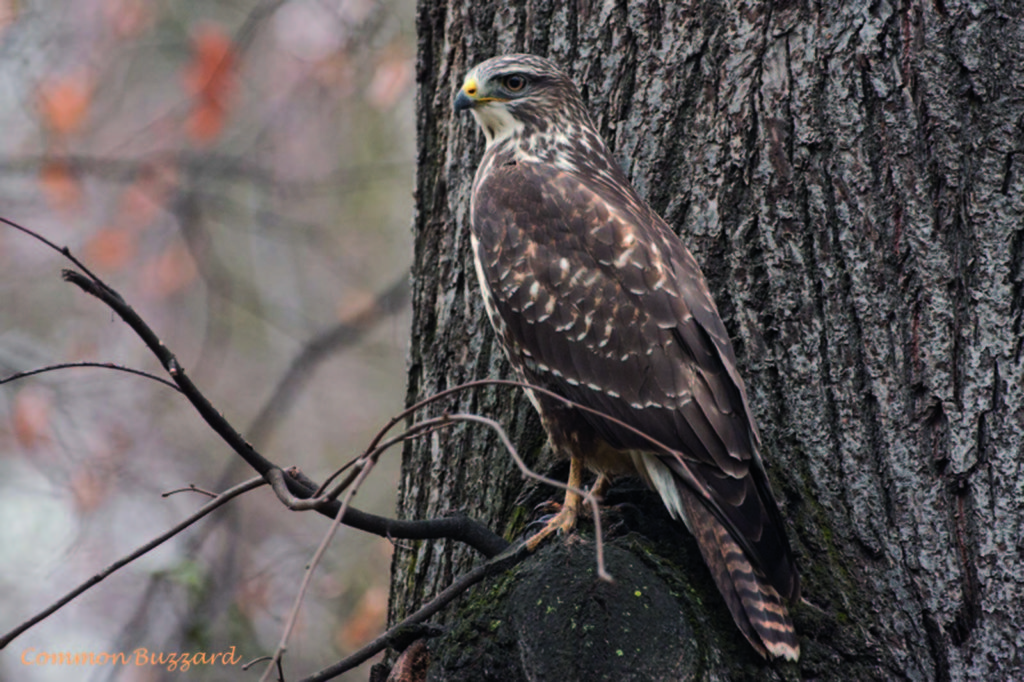 I’m no great ornithologist but I can recognise the most common visitors to our mountain – the various Tits, Great, Coal and Blue – the common Buzzard gliding the air currents – Song Thrushes, Ravens, Warblers and, of course, the famous spring time visitor, the Cuckoo. I’ve seen both the Green and Lesser Spotted Woodpeckers, Jays, Fieldfares and even a couple of Woodcocks.
I’m no great ornithologist but I can recognise the most common visitors to our mountain – the various Tits, Great, Coal and Blue – the common Buzzard gliding the air currents – Song Thrushes, Ravens, Warblers and, of course, the famous spring time visitor, the Cuckoo. I’ve seen both the Green and Lesser Spotted Woodpeckers, Jays, Fieldfares and even a couple of Woodcocks.
I tend not to see much wildlife at my feet because my dogs have usually frightened everything away but I have come across frogs, toads, lizards, mice (or are they voles) and slow worms which I used to spend hours searching for when I was a lad.
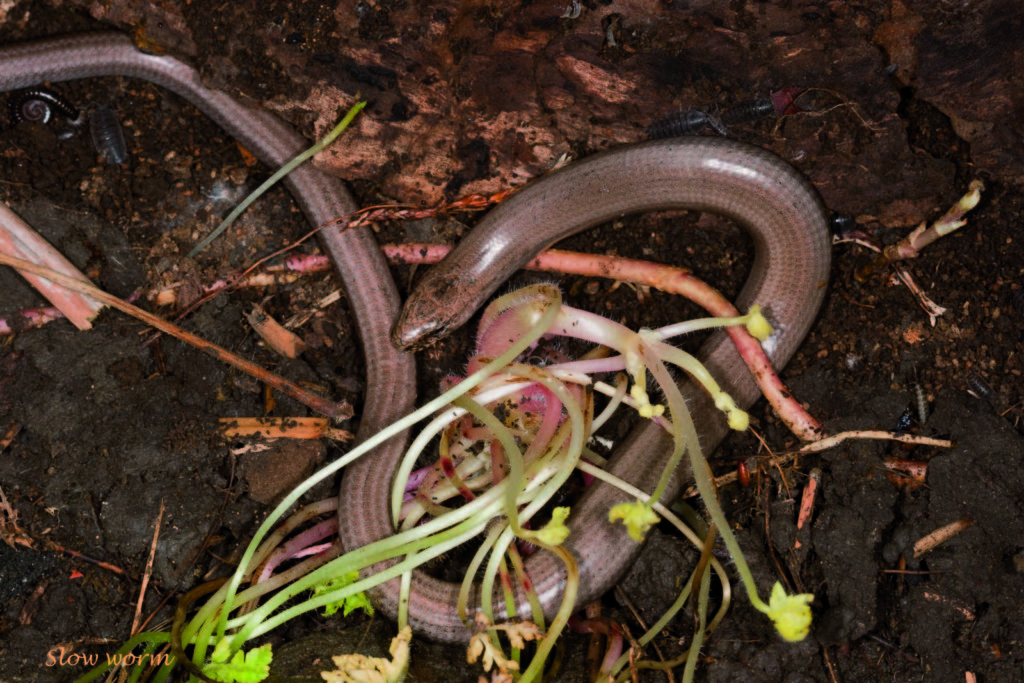 I’m told there are grass snakes and some say they’ve even encountered adders. I’ve also heard reports of Dormice, they were last recorded in 2004, so I sincerely hope they are thriving here still.
I’m told there are grass snakes and some say they’ve even encountered adders. I’ve also heard reports of Dormice, they were last recorded in 2004, so I sincerely hope they are thriving here still.
Funnily enough I’ve never seen rabbits up here – lower down the hillside but never up on the ridgeway. There’s plenty of evidence of foxes and I’ve seen their tracks in the snow and I know the farmers are very wary of them come lambing time.
I’ve taken plenty of photos of butterflies like the red admirals, peacocks and tortoiseshell but often have difficulty telling them apart. I’ve usually got to get the reference books out when I get home.
As regards the flora I get totally lost with all those Latin names but it’s the flora that makes the landscape as beautiful as it is and it’s what attracts the abundance of wildlife here.
The official documentation tells me this upland area is a mix of acid grassland and heath vegetation with bracken and coniferous planting on the valley sides and there’s a long list of grassland species recorded in the last survey of the area in 2007.
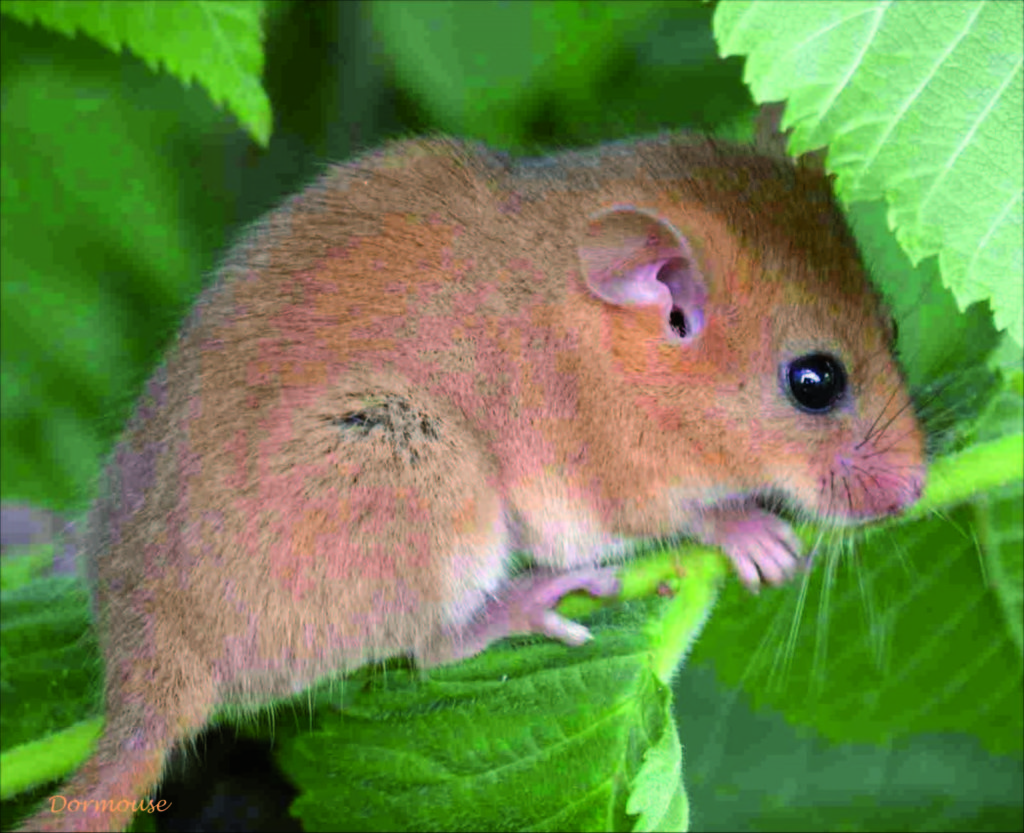 As you can see there has been no official record of the area for many years and the Society is hoping to organise our own survey of the area with a Bio-Blitz in the late spring, early summer. However, we could do with a little more help and would like to hear from anyone who has specialist knowledge in these areas.
As you can see there has been no official record of the area for many years and the Society is hoping to organise our own survey of the area with a Bio-Blitz in the late spring, early summer. However, we could do with a little more help and would like to hear from anyone who has specialist knowledge in these areas.
This event will be both educational and great fun for kids of all ages, if your school or organisation would like to get involved, please get in touch through our website.
Terry Evans (Chair Cymdeithas Twmbarlwm Society)
This article appeared in the South Wales Directories in March 2015 – to download a PDF version click here

